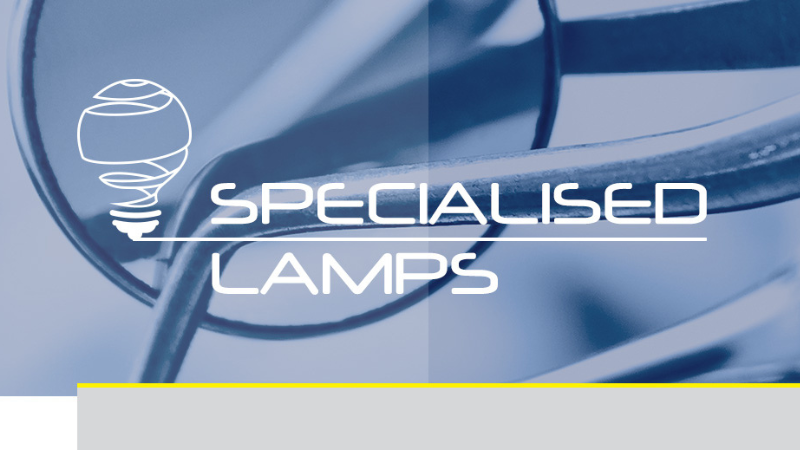Appliances That Need Specialised Lighting

When we think about lighting, we often only really think about lamps or overhead lighting that help us see when it starts getting dark outside. We very rarely think of the appliances that we use every day that use lights and bulbs. Many of these appliances actually require specialised lighting to ensure they operate correctly; ensuring that the lightbulb doesn't get damaged or break inside the appliance.
Have you ever considered the lighting inside some appliances? Or do you only really think about it when the bulbs go out and suddenly you have no idea what bulb is actually in there?
This article describes all there is to know about the lighting inside appliances - it's actually more fascinating than you think.
What appliances require lights?
There are some appliances that we are more obviously aware of. For example, we will notice if the light in the fridge doesn't come on when we're sneaking a late-night snack but there are some appliances that are slightly less obvious. These are some appliances that contain lights:
-
Ovens
-
Microwaves
-
Freezers
-
Dryers
-
Cooker hoods (usually attached to an extractor fan)
-
Sewing machines
Types of appliance lights
There are a variety of lightbulbs that can be used in various appliances. These lightbulbs often have to be able to withstand higher or colder temperatures without breaking.
Appliances require smaller-profile bulbs that are specially made to withstand heat. These bulbs contain rugged filaments made to endure vibrations from opening and closing the doors on these appliances. It's also important to use bulbs with the recommended wattage and proper base size.
The three main types of lights used inside appliances include:
-
Incandescent lights
-
Contain a tungsten filament
-
Electric current heats filament to produce light
-
Typically contain a stem or glass mount at the base to prevent air leaks
-
Stem embedded with small wires to support the filament
-
Vacuum or inert gas protects the filament from evaporating
-
Halogen
-
Functions similarly to an incandescent lamp
-
Employs the halogen cycle
-
Halogen gas helps redeposit tungsten onto the filament for longer bulb life
-
Compact fluorescents
-
Electricity is emitted from cathodes that excite mercury vapour (inelastic scattering)
-
Glass envelope contains phosphors and noble gas (e.g. argon)
-
Mercury atoms produce ultraviolet (UV) light, causing phosphors to glow and produce light
What about LEDs?
With the growth rate of LEDs on the rise, you may think you should switch from old-fashioned incandescent lights to LEDs and then never have to change the light again.
It's a great idea in theory but it's only applicable to your fridge or freezer. LEDs don't do well in heated environments, the higher temperatures ruin their lifespan. If you stick an LED in your oven, the constant heating (not to mention the temperature of the oven) will cause the LED to dim and subsequently fail very quickly. There is also a high probability you will damage your oven or its light socket.
However, an appliance rated LED can be fridge and freezer-friendly. Be sure to double-check the rating and that the bulb is the same wattage equivalency as the incandescent light that was used before.
Replacing your appliance lights
Be careful when replacing the lights in your appliances. It is incredibly easy to choose the incorrect wattage or incorrect bulb altogether. Before making your way to the hardware store to purchase replacement bulbs, we suggest you take a minute to check the appliance user manual to find out which bulb is recommended by the manufacturer.
Typically, the following appliances require these types of lights:
Oven: most ovens require 15-watt tubular halogen lamps while others require a 40-watt appliance bulb.
Microwave oven: these often require a 25-watt T7 microwave light bulb. It has an intermediate base and is sometimes used in sewing machines.
Refrigerator: Usually takes a 25 - 40-watt standard base appliance bulb, but some refrigerators use a T8 intermediate base bulb.
Dryer: Most dryers use a 10-watt, 120-volt C7 bulb.
We stock a wide variety of bulbs that will match the inside of your appliances, contact us for more information or to find out what we have in stock!